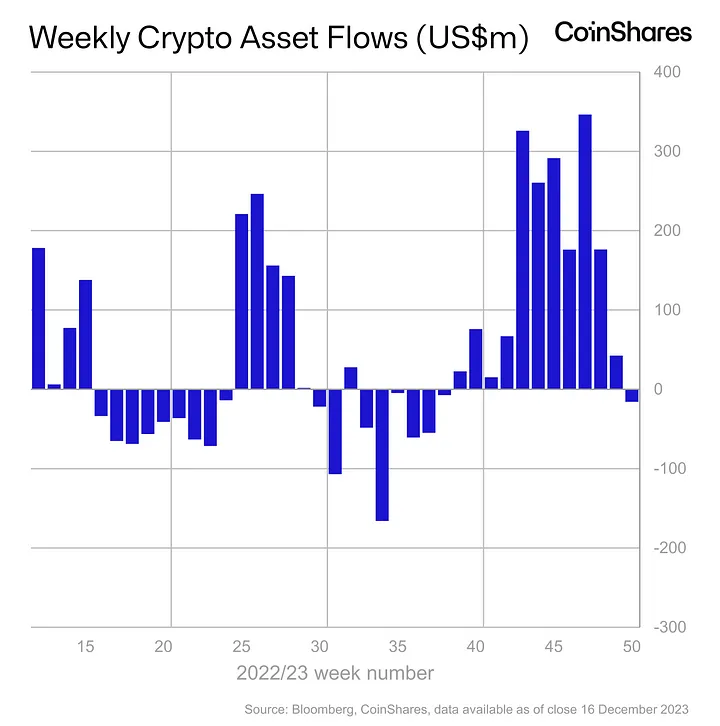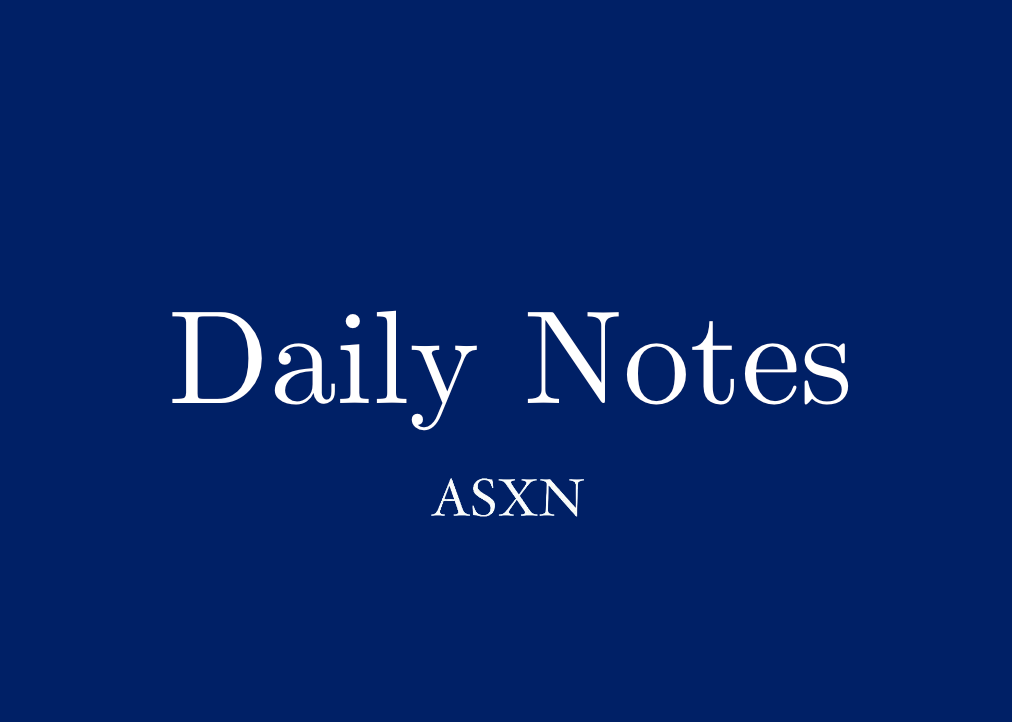Research Summary
The report provides a comprehensive analysis of Cardano’s performance in Q3 2023. It covers various aspects including the blockchain’s stablecoin value, total value locked (TVL), governance phase, consensus model, and treasury balance. The report also discusses the decline in ADA’s price, the decrease in transaction fees, and the growth of niches like DeFi. It further explores the launch of Mithril, a stake-based signature scheme and protocol, and the introduction of new stablecoins.
Key Takeaways
Cardano’s Performance and Developments
- Stablecoin Value and TVL: Cardano’s stablecoin value increased by 16% QoQ and 461% YTD, driven by the introduction of bridged versions of USDT and USDC by Wanchain in Q3. Its TVL remained flat QoQ but increased by 198% YTD, improving its ranking among all networks from 34th to 15th.
- Project Catalyst Fund10: The fund successfully funded 192 projects from the Cardano Treasury, utilizing a fund pool of 50 million ADA.
- Voltaire Governance Phase: This phase gained momentum with the launch of SanchoNet, a testnet for onchain governance, and Intersect, a Cardano member-based organization.
- Mithril Launch: Mithril, a stake-based signature scheme and protocol, was launched with nearly 100 SPOs participating in signing certificates, improving node syncing times.
Cardano’s Financial Metrics
- ADA Price and Revenue: Despite a decline in ADA’s price by 9.5% QoQ to $0.25, Cardano remained focused on its core goals and expanded into traditional crypto markets like DeFi and NFTs. Q3 saw a 29.9% decline in revenue (USD) driven by transaction fees, which are influenced by users’ urgency to transact.
- Treasury Balance and Staking Yield: Cardano’s Treasury balance grew by 7.2% QoQ to 1.39 billion ADA, although its value in USD terms decreased by 3.0% due to ADA price depreciation. The nominal staking yield on Cardano is generally 3.3% for ADA delegators, with a real yield of 3.34% in Q3 after accounting for inflation.
- Transaction Fee: The average transaction fee (USD) decreased by 21.0% QoQ to $0.10, primarily due to ADA’s price action.
Cardano’s Network Activity
- Active Addresses and Transactions: Daily active addresses decreased by 28.9% QoQ to 41,100, while average daily transactions decreased by 12.2% QoQ. The ratio of transactions to active addresses has been steadily increasing, indicating that active users are power users.
- Blockchain Load and Stake Pools: Cardano’s average blockchain load decreased from 50% in Q2 to 40% in Q3, with a peak load of 75.8% on July 11. The number of stake pools and delegators remained relatively unchanged in Q3.
- Stake Distribution and Decentralization: The top 197 pools accounted for over 50% of the total staked ADA, indicating an unbalanced distribution. The Nakamoto coefficient, a measure of decentralization, ended the quarter at 34.
Cardano’s DeFi and NFT Activity
- Dapp Transactions and NFT Activity: Average daily dapp transactions decreased 14.7% QoQ, but finished the quarter up 40.0% YTD, indicating overall growth. NFT transaction activity declined for the third consecutive quarter, but NFT trading volume increased 19.8% QoQ, showing the growth in value of Cardano NFTs.
- Projects Building on Cardano: There are currently 144 projects building on Cardano, with thousands of tokens and a combined market cap of over $400 million for the top 10 tokens.
- TVL Ranking and Stablecoin Launch: Cardano’s TVL ranking among all networks increased from 21st to 15th during Q3, indicating relative growth compared to other ecosystems. The launch of two new stablecoins, iUSD and DJED, contributed to the growth of Cardano’s stablecoin market cap, moving up from 54th to 32nd in 2023.
Actionable Insights
- Investigate the Potential of Cardano’s Stablecoin Market: The significant increase in Cardano’s stablecoin value and the introduction of new stablecoins indicate a growing market. Stakeholders should explore the potential of this market for future growth.
- Consider the Impact of Governance Initiatives: The momentum gained by the Voltaire governance phase and the successful funding of projects by Project Catalyst Fund10 highlight the importance of governance initiatives in Cardano’s ecosystem. Stakeholders should consider the impact of these initiatives on the network’s development.
- Assess the Implications of Financial Metrics: The decline in ADA’s price, the growth of the treasury balance, and the decrease in transaction fees are important financial metrics that stakeholders should assess for their implications on Cardano’s financial health.
- Examine Network Activity Trends: The decrease in active addresses and transactions, the change in blockchain load, and the distribution of stake pools are key network activity trends that stakeholders should examine to understand user behavior and network performance.
- Explore Opportunities in DeFi and NFTs: The growth in dapp transactions, NFT trading volume, and the number of projects building on Cardano suggest opportunities in the DeFi and NFT sectors. Stakeholders should explore these opportunities for potential growth.











